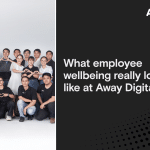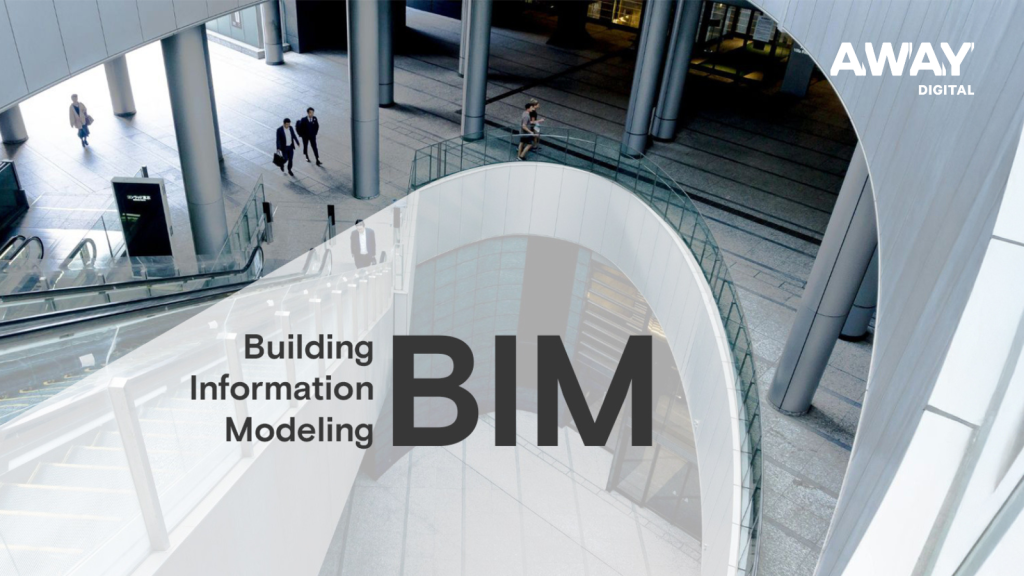There’s a shift happening in Vietnam, and it’s quietly transforming how AEC firms like yours build production capacity. If your in-house team is stretched, if hiring bottlenecks are slowing delivery, or if you’ve started questioning how sustainable your current resourcing model really is, you’re not alone.
Outsourcing has evolved. What was once seen as a cost-cutting tactic is now becoming a strategic lever. And yes, there’s a market where this shift is gaining real momentum.
Vietnam’s not just building more, it’s building smarter. The government’s pairing of big infrastructure investment (USD 11 billion in FDI last year) with policies that actually lift capability. National BIM mandates, digital training, smart city alignment – it’s all feeding into a workforce that can support integrated AEC delivery.
If your firm is seeking long-term capacity without compromising on quality, detail, or integration, Vietnam offers more than availability. With over 2,000 new architecture graduates annually, and growing fluency in complex modeling and international standards, it’s a maturing ecosystem built for global project delivery.
It’s a shift worth watching, and for many, one worth acting on.
Because if you’re rethinking how and where you build your team, Vietnam may not just be an option. It may be the edge your current model is missing.
Vietnam’s policy engine: Fueling AEC high-skilled talent
Think talent growth happens organically? Not in Vietnam.
What we’re seeing is no accident, it’s policy in motion. From digital mandates to curriculum reform, everything’s working together to build a workforce that’s willing to plug into AEC delivery. If your team’s looking to scale without cutting corners, this is the kind of system you want behind you.
1. BIM isn’t optional – It’s national
Vietnam isn’t treating BIM as a nice-to-have. Since March 2023, Decision No. 258/QĐ-TTg has made BIM mandatory for Class-I public projects, with Grade-II and above coming into scope by 2025. That’s not just a compliance box, it’s a signal of where the market’s headed.
To make it stick, the Ministry of Construction signed an MoU with Autodesk, rolling out BIM training, toolkits, and implementation guidance across the sector. It’s reshaping how projects are delivered, from planning to coordination.
For firms outsourcing documentation or modeling, this means you’re tapping into teams who don’t just know the software you are using, chances are, they’re using it and using it very well.
No need to bring them up to speed, they’re already speaking your language.
2. Universities aren’t teaching theory – They’re building talent pipelines
Vietnam’s top technical universities aren’t just focused on theory, they’re preparing students to step straight into real project environments. With the Vietnamese Qualifications Framework in place, programs are shifting toward hands-on, workplace-ready skills that actually match what your firm needs on the ground.
This is about more than degrees, but about graduates who can plug into real projects and start adding value from day one.
That shows up in the tools, too. Revit, AutoCAD, Navisworks, these aren’t bolt-ons, they’re built into the curriculum. So when graduates join your team, they’re already fluent in the platforms you rely on.
And it’s working.
According to the World Bank, Vietnam’s focused investment in technical education has been a major driver of skilled workforce growth since 2018, and that momentum is only accelerating.
3. English isn’t a barrier – It’s a bridge
If you’ve ever hesitated to offshore because of communication friction, Vietnam’s recent progress may surprise you. The national education system has prioritized English proficiency over the past decade, particularly in technical and tertiary programs.
The result: a generation of graduates comfortable working in hybrid environments, speaking the language of digital collaboration, from Teams calls to markup reviews in BIM 360.
For AEC firms where cross-border coordination matters, this makes a real difference. Communication is clearer, day-to-day workflows run more smoothly, and your offshore team starts to feel less like a separate remote team, and more like a natural extension of your own.
What this means for your U.S.-based AEC firm
If you’re leading operations in architecture, engineering, or homebuilding, Vietnam’s national investment in talent isn’t just an economic story, it’s operationally relevant to you. These aren’t generalist resources. It’s a policy-backed workforce, built for real collaboration and aligned with how your team works.
Let’s break it down:
1. Industry-ready talent, trained to global standards
You’re not bringing in juniors who need hand-holding. Initiatives like Vietnam’s MoU with Autodesk reflect a broader shift: national investment in aligning education with global AEC standards, not just in software, but in collaborative processes, data environments, and digital delivery expectations.
That foundation matters. It means the talent joining your offshore team understands how models need to move, how documentation should be structured, and how coordination flows between disciplines.
You’re not stuck teaching them your systems from scratch. They fit into your delivery engine from day one.
2. Long-term partner potential, not just short-term capacity
If you’re looking for more than a quick fix, Vietnamese experts give you room to think long-term.
This isn’t about short-term freelancers you pull in when things get tight. It’s about building an offshore team that grows with your company, one that understands your systems, your standards, and how your business actually runs.
Because of how they’re trained, through systems thinking and cross-disciplinary coordination, these teams don’t just follow instructions. They get the context. They understand why your workflows are set up the way they are, and they’re able to contribute beyond just task delivery.
That means fewer errors, stronger continuity, and a team that scales with you, a team that fits.
3. Time zone compatibility that supports real collaboration
If your team’s ever struggled to keep momentum across time zones, Vietnam offers a smoother experience. With working hours that overlap easily with West Coast, Central, and Mountain time zones, your teams can coordinate in real time, without late-night calls or next-day delays.
Need a quick model review or markup revision? It gets handled while your team’s online. And with 24/7 support models available, you’re covered around the clock, whether it’s for urgent updates or routine progress checks.
That overlap builds trust, keeps projects moving, and helps your offshore team feel like a true extension of your own.
You’re not working around time zones, you’re working with them.
4. High adaptability and eagerness to adopt new tech
Your tools are evolving, and your team needs to keep pace. Vietnam’s AEC talent is trained on integral platforms from day one, but what stands out is how quickly they adapt when your tech shifts. Whether you’re exploring new design workflows, rolling out digital twins, or moving coordination fully into the cloud, they’re not playing catch-up, they’re leaning in.
That gives your company breathing room to try new things without slowing down. You’re not limited by your team’s learning curve, you’re supported by their willingness to evolve with the work.
Conclusion
You’re no longer choosing between speed and quality. In Vietnam, you can look for both.
Vietnam’s rise as an AEC outsourcing hub isn’t accidental, it’s the result of deliberate investment, smart policy, and real alignment with global delivery needs. The outcome? A growing pipeline of technically fluent talent, trained on industry tools and ready to integrate.
If your current model is under pressure or stuck in short-term fixes, Vietnam offers a path to sustainable scale. It’s not just about augmenting headcount. It’s about going beyond overflow, building dedicated teams for consistent success. That’s how you shift from managing risk to enabling long-term scale.
You don’t just expand capacity, you extend capability.








